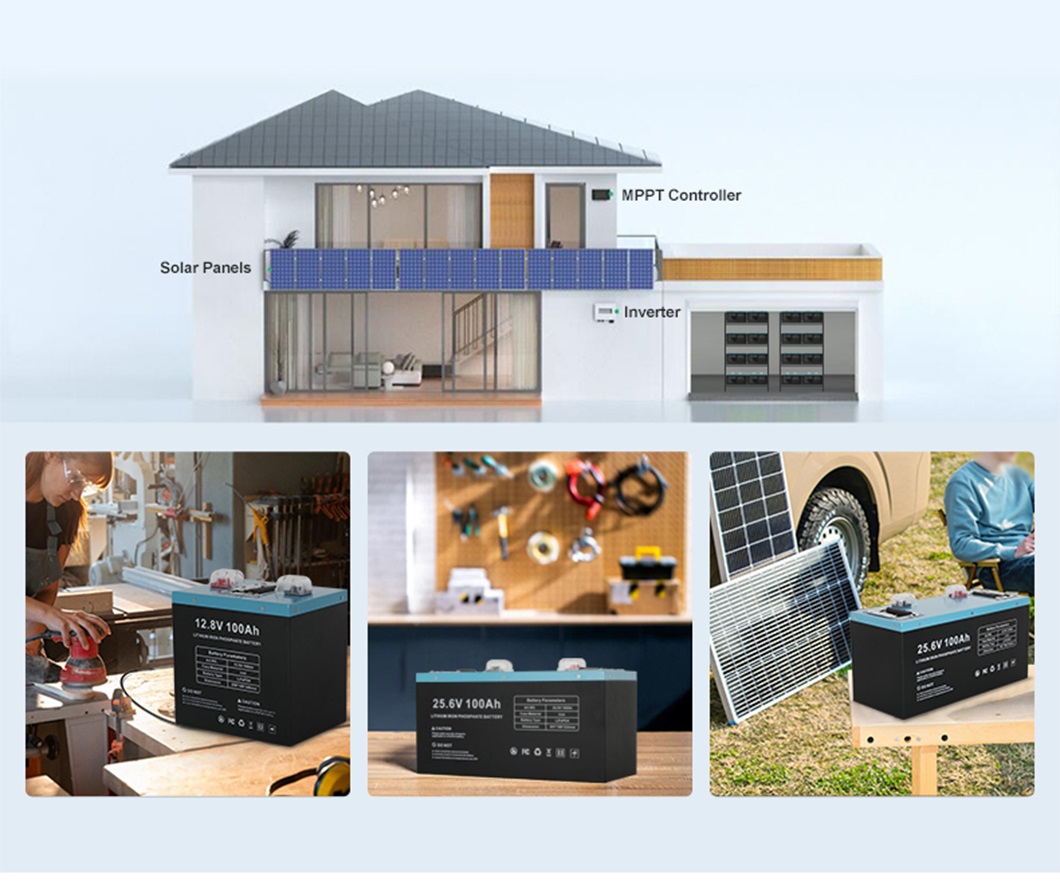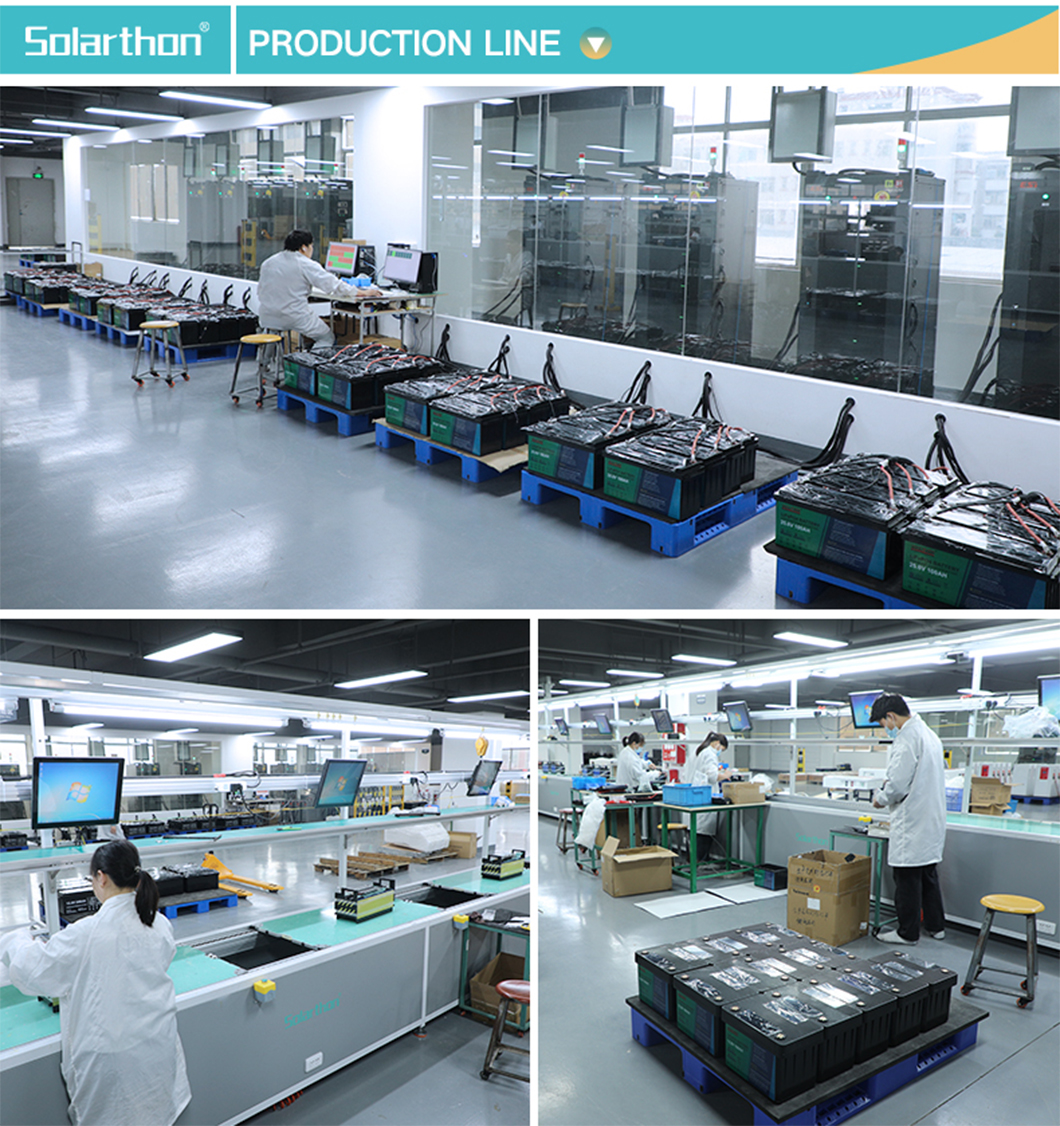 Why Is My Solar Battery Draining Too Quickly?
Why Is My Solar Battery Draining Too Quickly?
Troubleshooting Common Causes
A solar battery system is designed to store excess solar energy for use when the sun isn't shining. If you find your battery depleting faster than anticipated, it's frustrating and reduces your energy independence. Several factors could be at play. Here are the most common reasons:
Insufficient Solar Charging:
Poor Weather/Reduced Sunlight: Extended periods of cloudy, rainy, or hazy days significantly reduce solar panel output. Your battery simply isn't getting fully charged. Seasonal changes (shorter days in winter) also play a major role.
Shading: New obstructions like growing trees, new buildings, or even accumulated dirt/dust/bird droppings on panels can block sunlight, drastically reducing energy harvest.
Panel Degradation or Fault: Solar panels slowly lose efficiency over time (typically 0.5%-1% per year). More seriously, a faulty panel, damaged wiring, or a problem with the solar charge controller can prevent energy from reaching the battery.
Increased Energy Consumption:
Higher Household Demand: Have you added new appliances (e.g., an AC unit, electric heater, EV charger), started working from home more, or experienced more people in the house? Any significant increase in energy usage, especially during evenings/nights when relying on the battery, will drain it faster.
Standby Power: Devices constantly drawing small amounts of power (modems, game consoles in standby, chargers left plugged in, smart home hubs) add up over 24 hours and steadily deplete the battery.
Inefficient Appliances: Older or faulty appliances consume more power than necessary.

Battery Capacity & Health Issues:
Natural Aging & Degradation: All batteries lose capacity over time and with charge/discharge cycles. If your battery is several years old, its usable capacity may be significantly less than its original rating. A battery rated for 10kWh when new might only hold 7kWh usable after a few years.
Depth of Discharge (DoD): Regularly discharging your battery very deeply (e.g., below 20% State of Charge) accelerates degradation and reduces its overall lifespan and usable capacity faster than expected.
Temperature Extremes: Batteries (especially lithium-ion) are sensitive to temperature. Very cold temperatures reduce their ability to deliver power (though capacity might return when warm). Very high temperatures accelerate chemical degradation and permanently reduce overall capacity and lifespan. Poor battery location (e.g.uninsulated garage in extreme climates) is a common culprit.
State of Health (SoH): The battery's internal management system tracks its health. A low SoH percentage indicates significant capacity loss.
System Configuration & Settings:
Incorrectly Sized System: Your battery capacity might simply be too small for your current energy needs, especially if consumption has increased since installation.
Charge/Discharge Settings: Settings like the maximum charge rate, discharge rate, or target State of Charge (e.g., only charging to 80% for longevity) might be limiting how much energy is stored or available for use. Your system might be configured to prioritize grid power over battery unnecessarily.
Backup Loads Configuration: If your system is set up for backup power, ensure only essential circuits are connected to the battery-backed loads panel. Non-essential loads accidentally left on the backup circuit will drain the battery rapidly during an outage.
System Faults or Malfunctions:
Battery Management System (BMS) Issue: The BMS controls charging, discharging, and protects the battery. A malfunction could lead to inaccurate state-of-charge readings, improper charging, or failure to discharge.
Inverter/Charger Fault: Problems with the hybrid inverter or dedicated battery charger can prevent efficient charging or cause excessive idle consumption.
Wiring/Connection Problems: Loose, corroded, or damaged connections between panels, charge controller, battery, and inverter create resistance, leading to energy loss and potential safety hazards.
Parasitic Loads: The inverter and system components themselves consume some power ("idle consumption"). While usually small, faulty components can draw excessive power.
Lack of Maintenance:
Dirty Solar Panels: Significantly reduced panel efficiency due to dirt.
Poor Ventilation: Batteries need proper airflow for cooling, especially during charging/discharging. Blocked vents can lead to overheating and damage.
What Can You Do? Troubleshooting Steps:
Check the Obvious: Review your energy monitoring app (if available). Look at:
Solar energy production.
Household energy consumption.
Battery State of Charge (SOC) history.
Look for any error messages or alerts on the inverter or battery unit.
Assess Consumption: Identify any new appliances or changes in usage patterns. Check for unnecessary standby loads.
Inspect Panels: Look for shading, dirt, or physical damage. Consider professional cleaning.
Consult Your Installer/Manufacturer:
Report the issue and share your monitoring data.
Request a system health check, including battery diagnostics (State of Health report).
They can verify settings, check for faults, test connections, and assess if the system is still correctly sized for your needs.
If the battery is under warranty and shows significantly reduced capacity, a warranty claim might be possible.
Conclusion:
Rapid solar battery drain usually stems from a mismatch between energy input (reduced solar), energy output (increased consumption), or the battery's ability to store and deliver energy (degradation, settings, faults). Methodically checking production, consumption, system settings, and battery health, often with the help of monitoring tools and your installer, is key to diagnosing and resolving the issue.
solar battery system,Inverter,Battery Management System,Solar panels,hybrid inverter,Solar panels
solar battery system,Inverter,Battery Management System,Solar panels,hybrid inverter,Solar panels
solar battery system,Inverter,Battery Management System,Solar panels,hybrid inverter,Solar panels
solar battery system,Inverter,Battery Management System,Solar panels,hybrid inverter,Solar panels
solar battery system,Inverter,Battery Management System,Solar panels,hybrid inverter,hybrid inverter
solar battery system,Inverter,Battery Management System,Solar panels,hybrid inverter,hybrid inverter
solar battery system,Inverter,Battery Management System,Solar panels,hybrid inverter
solar battery system,Inverter,Battery Management System,Solar panels,hybrid inverter
solar battery system,Inverter,Battery Management System,Solar panels,hybrid inverter
Inverter,Solar panels,hybrid inverter,Inverter,Solar panels,hybrid inverter,Solar panels
